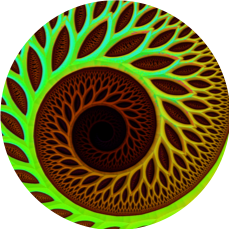Chapter 3: Protein Structure and Function
- What are monomers?
- What is the most structurally sophisticated molecule we know of?
- What different biological functions do proteins have?
- What determines the function of a protein?
- What are the monomers of proteins?
- What are amino acids?
- Draw a generic amino acid and label the amino group, carboxylic acid group, central carbon and R-group.
- What are the levels of protein structure; be able to identify them.
- Of the three groups of an amino acid, which one is different from amino acid to amino acid?
- How many amino acids are there on Earth?
- Chemically, how do R groups differ from each other?
- How are amino acids bonded together? What is the bond called? What type of bond is it: hydrogen, ionic, or covalent?
- What charge does the amino end of a polypeptide chain? What charge does the free carboxyl group have?
- What is a polypeptide, and how is it different than a protein?
- What forms the backbone of a polypeptide?
- What kind of chemical bonds does the R-group orientation of polypeptides determine its shape?
- What kind of chemical bonds make a polypeptide flexible?
- What is the chemical explanation of sickle cell anemia? What level of protein structure causes sickle cell anemia?
- How is primary protein structure different from secondary protein structure?
- What do a-helices and b-pleated sheets look like?
- What level of protein structure creates a-helices and b-pleated sheets?
- How is secondary protein structure different from tertiary protein structure?
- What level of protein structure creates irregular contortions?
- Chemical bonds between which part of the amino acid creates tertiary structure?
- How is tertiary protein structure different from quaternary protein structure?
- What is the process by which DNA codes for RNA?
- What is the process by RNA codes for the production of a protein?
